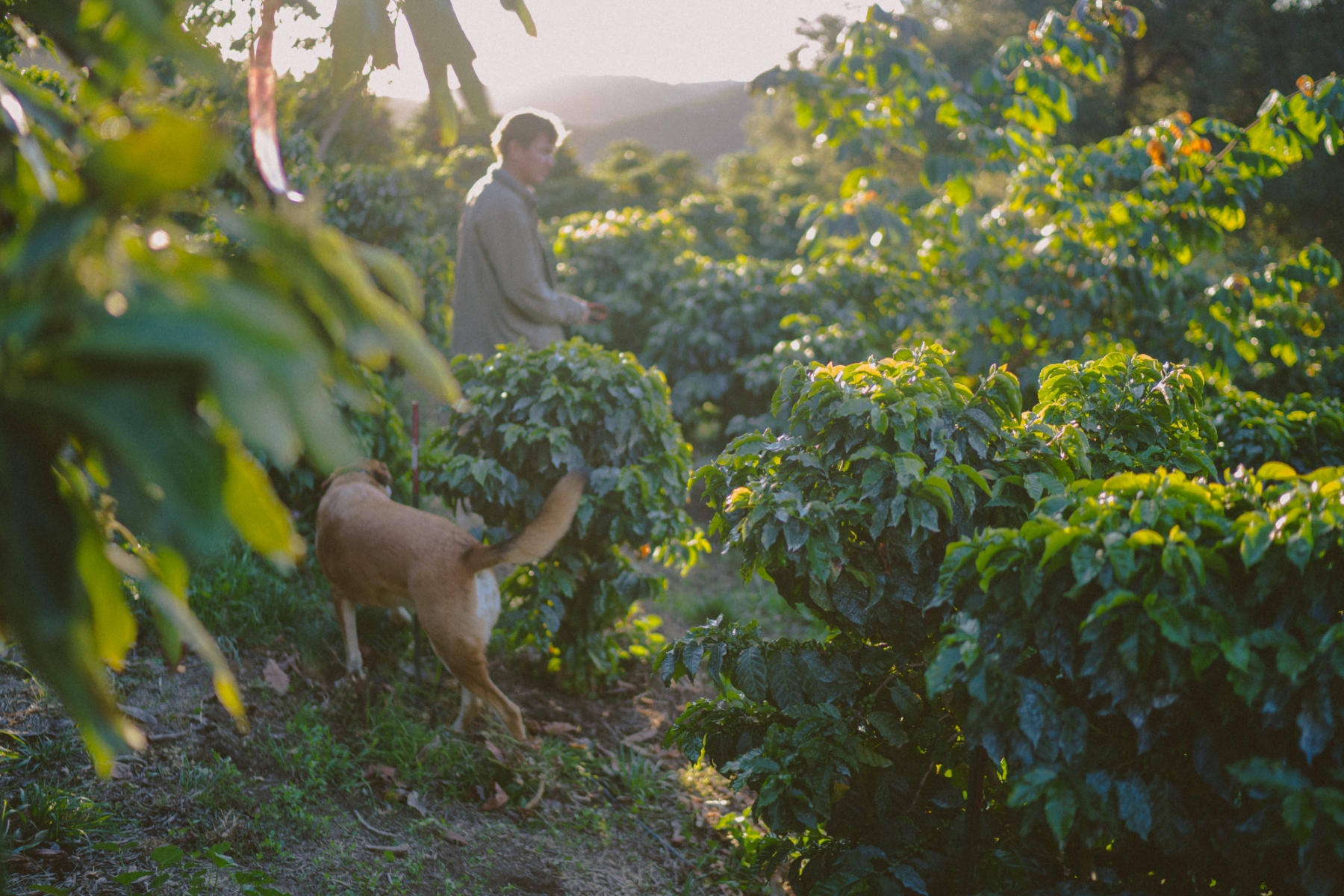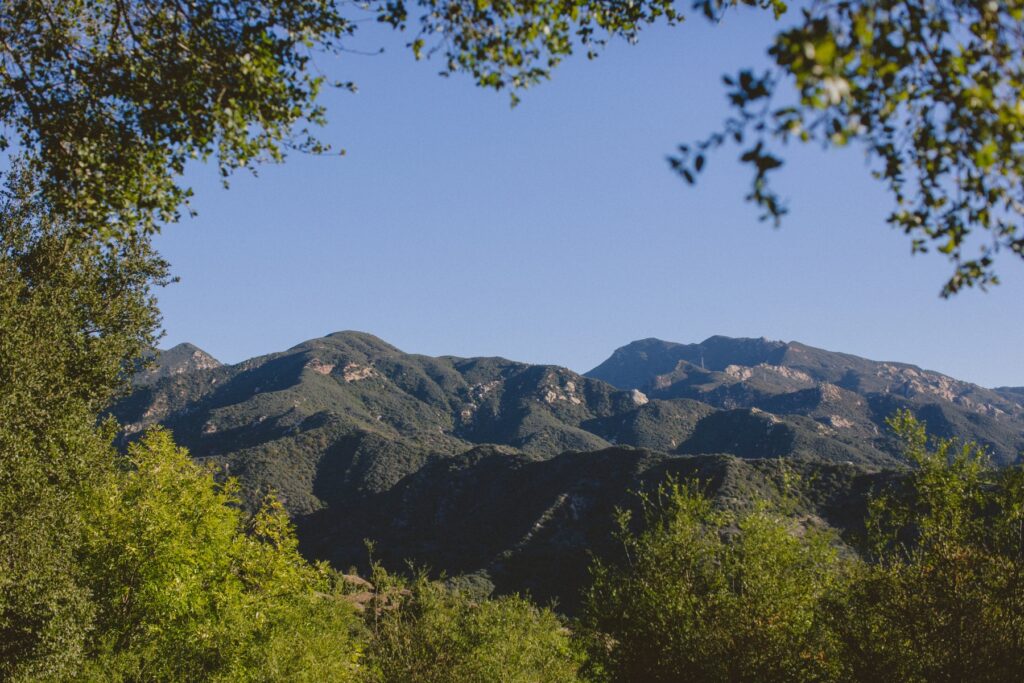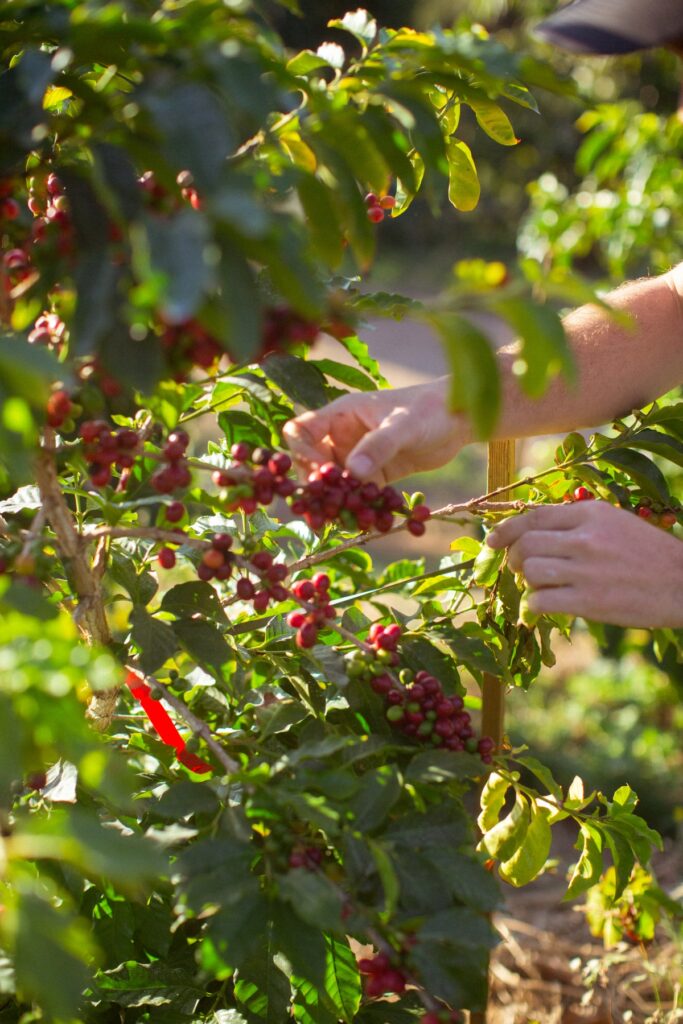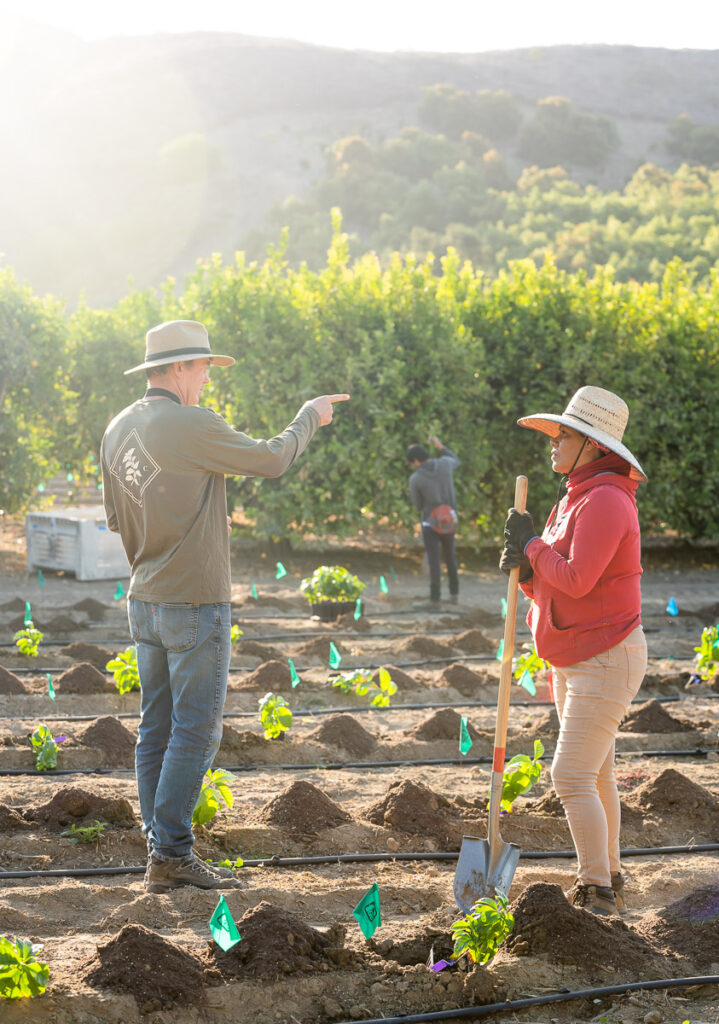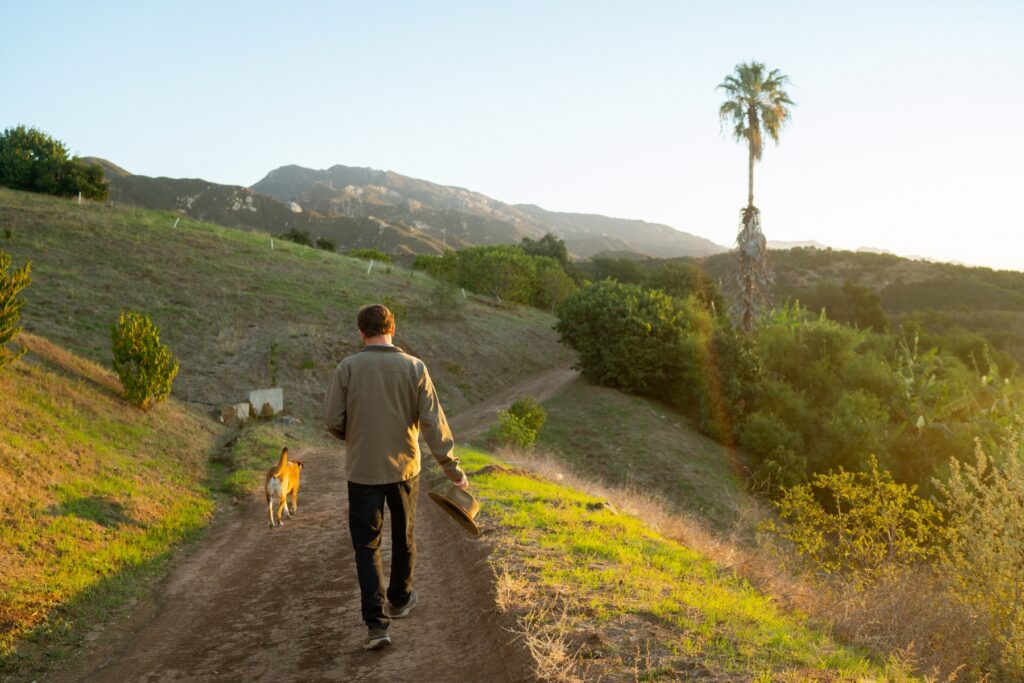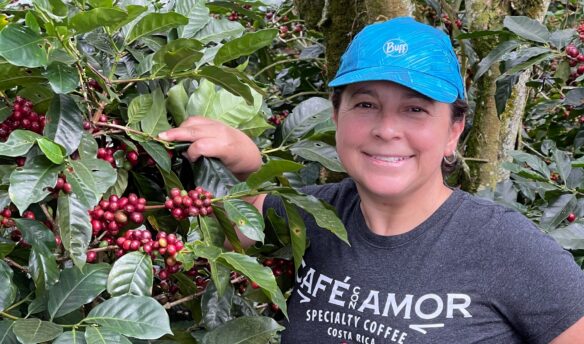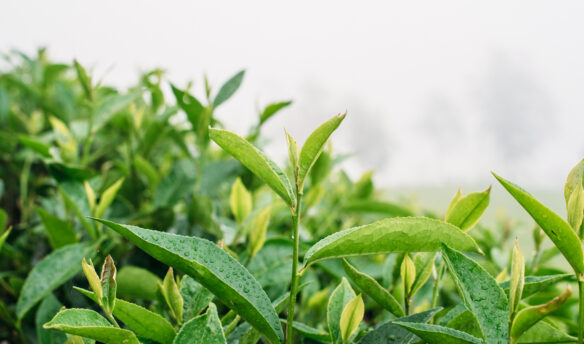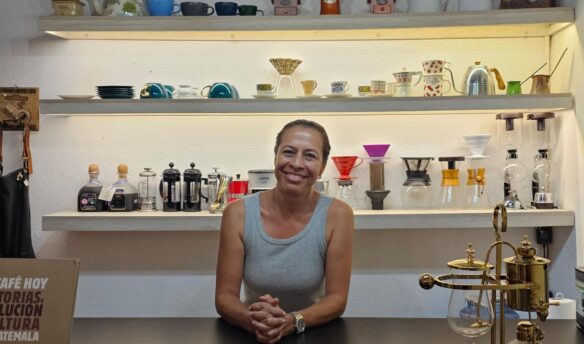It’s not common to see Oceanside, San Diego, or Santa Barbara, California, listed as the growing region on a bag of coffee—yet. But it might not be long before California-grown coffee is on the shelves of specialty shops and national chains across the US.
Most coffee is grown in the “coffee belt” in countries between the tropics of Cancer and Capricorn. But in 2002, Jay Ruskey, began research at his farm, Good Land Organics near Santa Barbara, California, to cultivate a coffee plant that would thrive in the Southern California climate.
Ruskey, an agricultural innovator and farmer, founded FRINJ Coffee in 2017 to create a coffee-growing industry in California. His aim was to provide farmers with a whole systems solution for California coffee production, arming them with the nutrition, irrigation, and coffee growing information they need to have a successful crop.
The California coffee industry is still very much in its infancy, but it is growing quickly. California’s first coffee harvest was only five years ago, and many of the 100,000 trees planted in the region haven’t reached maturity, but since that first harvest, the number of farms growing coffee has increased by over 80%, from around a dozen in 2017 to over 70 farms today.
Most farmers grow coffee alongside avocado and lemon trees, selling the harvest on the commodity market. Coffee, despite being a non-native tropical plant, provides an opportunity for commodity avocado and lemon farmers to grow a lucrative specialty crop while improving the soil quality and overall health of the remaining crops on the farm.
From Commodity Fruit to Specialty Coffee
Hobson Family Farms has been a commodity producer of lemons, avocados, and wine grapes in Santa Barbara since its founding in 1857. Now, with 18,000 coffee trees, Hobson Family Farms is the largest coffee farm in California.
David Armstrong, CEO of Hobson Family Farms, didn’t set out to be a coffee farmer, let alone run the biggest farm in an emerging local industry. But in the face of drought, reduced yields on aging lemon trees, and a global pandemic drastically cutting demand for lemons, Armstrong saw growing coffee as a long-term investment in his farm.
“About 50% of lemons go to foodservice,” says Armstrong. “So when the pandemic hit, that revenue stream all but evaporated. We’ve been a commodity producer since our founding. Basically, we sell to wholesalers, they move it, and we get the commodity market price. And we’ve just been getting hammered on that. So I made the decision. We needed to start moving out of commodity planting and become more direct to consumers.”
Armstrong met Ruskey after a chance introduction by a friend of a friend. “I just started grilling Jay,” said Armstrong. “And he said, ‘well, if you can grow avocados, you can grow coffee,’ and that started my education process.”
Armstrong replaced some of his less productive, 60-year-old lemon trees with coffee bushes, benefitting both the lemons and the new coffee plants. The remaining lemon trees provide a wind barrier to the coffee plants, protecting them as they grow and mature. The increased biodiversity from interplanting coffee and lemons improves soil quality, which boosts yield and quality of the fruit produced, allowing Armstrong to sell his lemons for a higher price.
A Lucrative Crop, Even for Specialty
Once the coffee plants are ready for harvest, FRINJ purchases coffee cherries from the farms and brings the final product to market, selling green beans to roasters in California like Blue Bottle and Bird Rock, and roasting and selling coffees themselves, through their website.
Most California-grown coffee is sold as a specialty, premium, one-off addition to regular offerings. In part, because California-grown coffees cost a fair bit more than the typical specialty coffee. An average 12-ounce bag of specialty coffee costs $17, or $1.40 an ounce, and the average coffee sold on FRINJ’s website is $10 per ounce.
In the rest of the world, specialty coffee’s high price tag for consumers does not translate to higher profits for farmers; according to a 2019 study by Fairtrade International, coffee farmers are paid an average of $1 per pound of coffee. But farmers growing FRINJ coffee earn up to half of the coffee’s sales value, which can be as high as $450 a pound.
These high prices are attributed partly to the coffee’s high quality and the hands-on methodology required to produce each bag of beans. According to Ruskey, “FRINJ Coffee gets touched by at least 20 sets of hands. Each individual fruit is hand-harvested to ensure that each cherry is perfectly ripened to maximize flavor quality. There is a good deal of labor, craft, and care that goes into a fine cup of coffee and this is reflected in the price.”
There are deeply ingrained cost expectations for coffee, but the early success of the California coffee movement, speaks to the potential for a sea change in the industry on a global level.
“We’re dedicated to making California a leader in fine coffee production and coffee education,” says Ruskey. “We are committed to modeling an equitable farmer return. We’re looking to resilient farming methods as the path of the future.”
“We’ve enjoyed steady growth since we started, and this year, we’ve seen a pent-up demand for new coffee experiences,” says FRINJ roaster Paige Gesualdo. And there may be some star power driving some of that growth: Jason Mraz, the singer/songwriter behind some of the early 2000s biggest hits like “The Remedy” and “I’m Yours,” is also an avocado and coffee farmer in Oceanside, California. His coffees were part of the first California coffee harvest in 2017 and, according to Gesualdo, “always sell out within a few weeks.”
“The rule of farming is to only farm something that there’s a market for,” says Ruskey. “There’s now a certain comfort level that this market is growing.”
Armstrong credits consumers with driving the market demand. “My sense is that they’re hearing about how great California coffee is and the question now is, ‘how can we get it?’”
California is well positioned to be a highly sought-after region for coffee lovers around the world. California-grown coffee satisfies consumers who are looking for new and novel coffee experiences and it benefits roasters and specialty shops looking to supply those experiences.
And farmers are on board. FRINJ’s model of cultivating high quality plants, selling them to farmers in the region, supporting them throughout the coffee’s growth, and buying the green coffee back from them makes coffee an appealing crop for farmers facing drought and decreased demand for commodity crops, and could be a model of equitable payment to farmers.
“One of the things I really like about FRINJ is that it’s very farmer-friendly. I only have 18,000 trees because I’m mitigating my risk,” says Armstrong. “If it does well, if it works, I’m going to be all in.”
Photos courtesy of FRINJ Coffee
Rachel Sandstrom Morrison is a Southern California-born writer, novelist, and public relations professional adopted by the Pacific Northwest.



